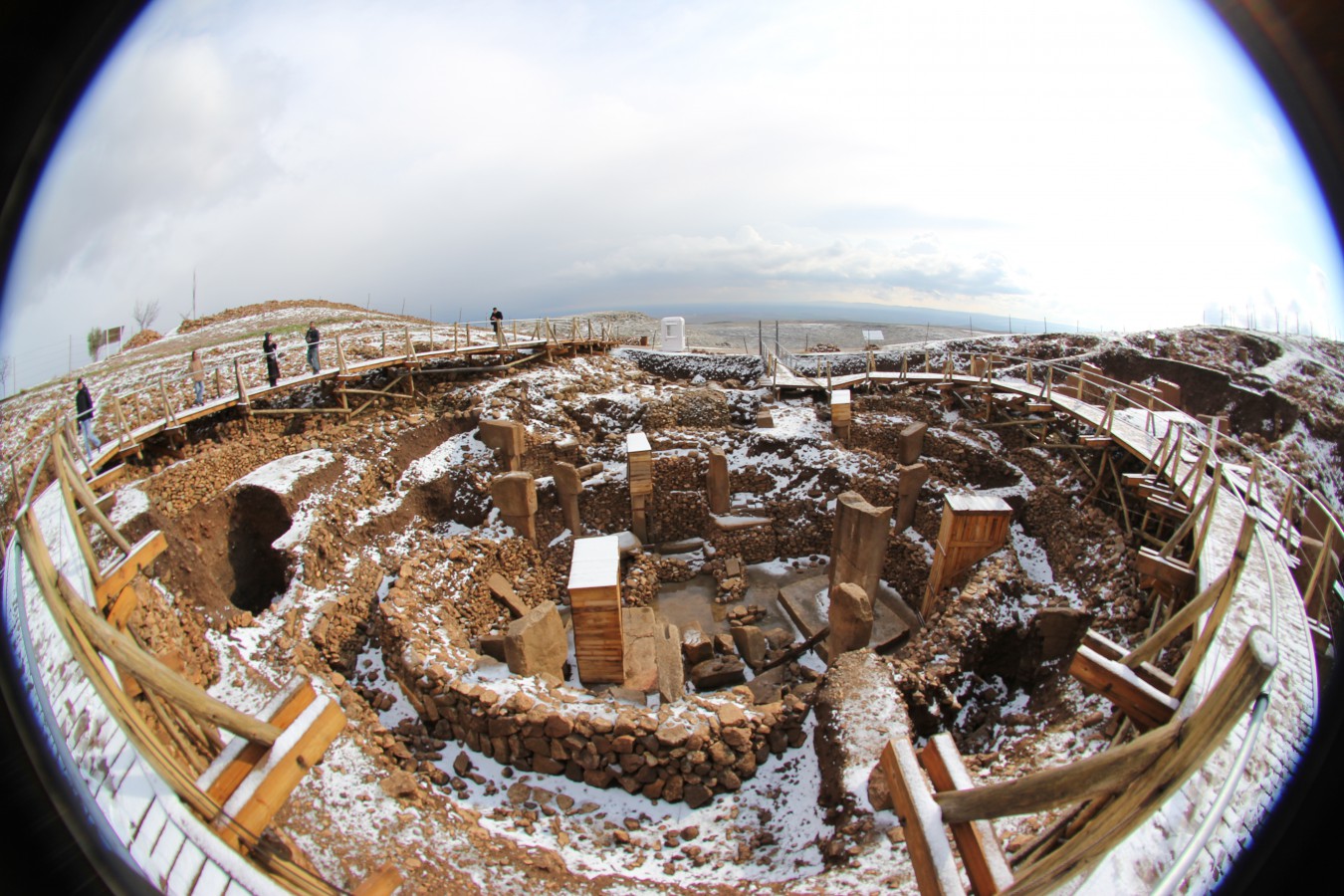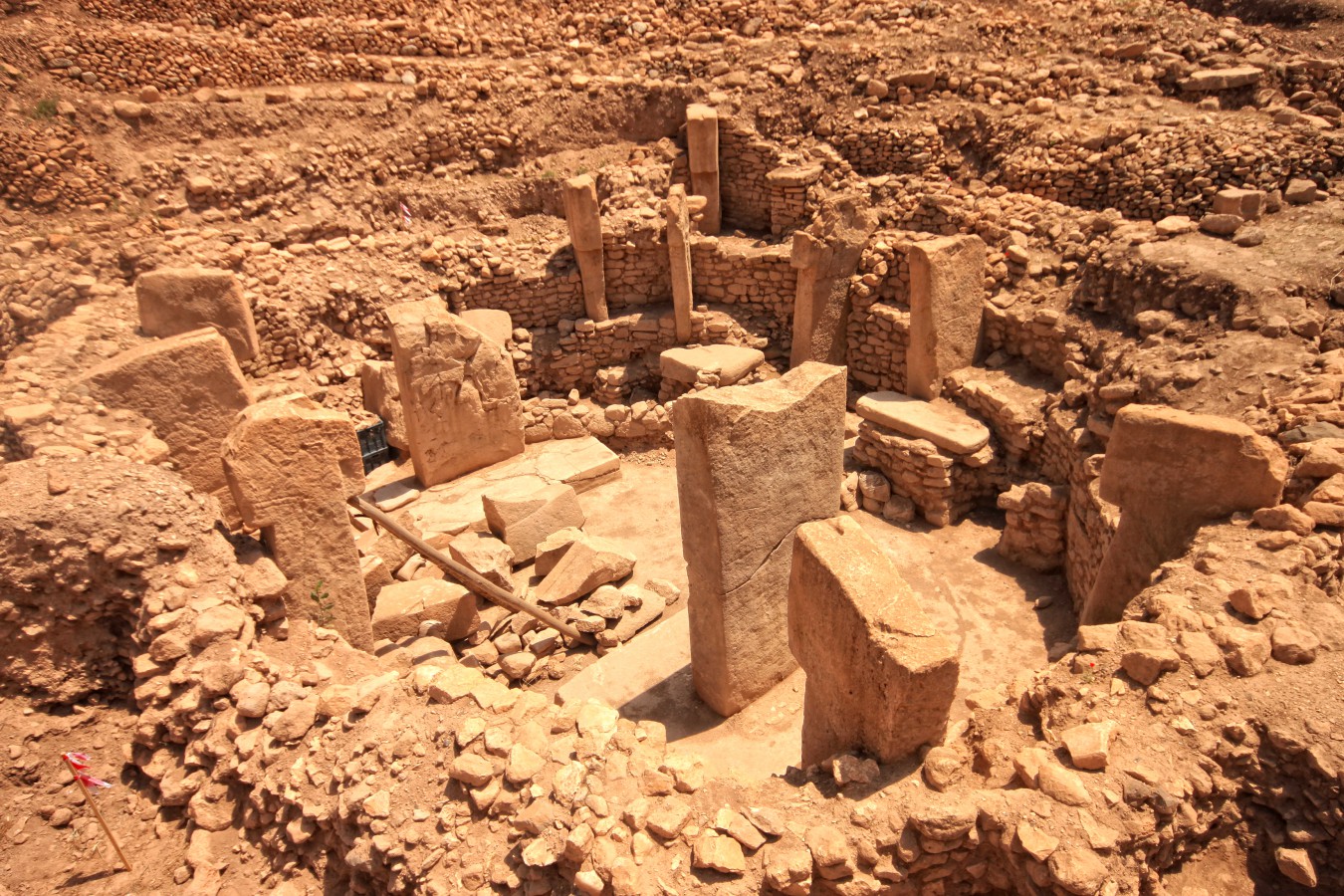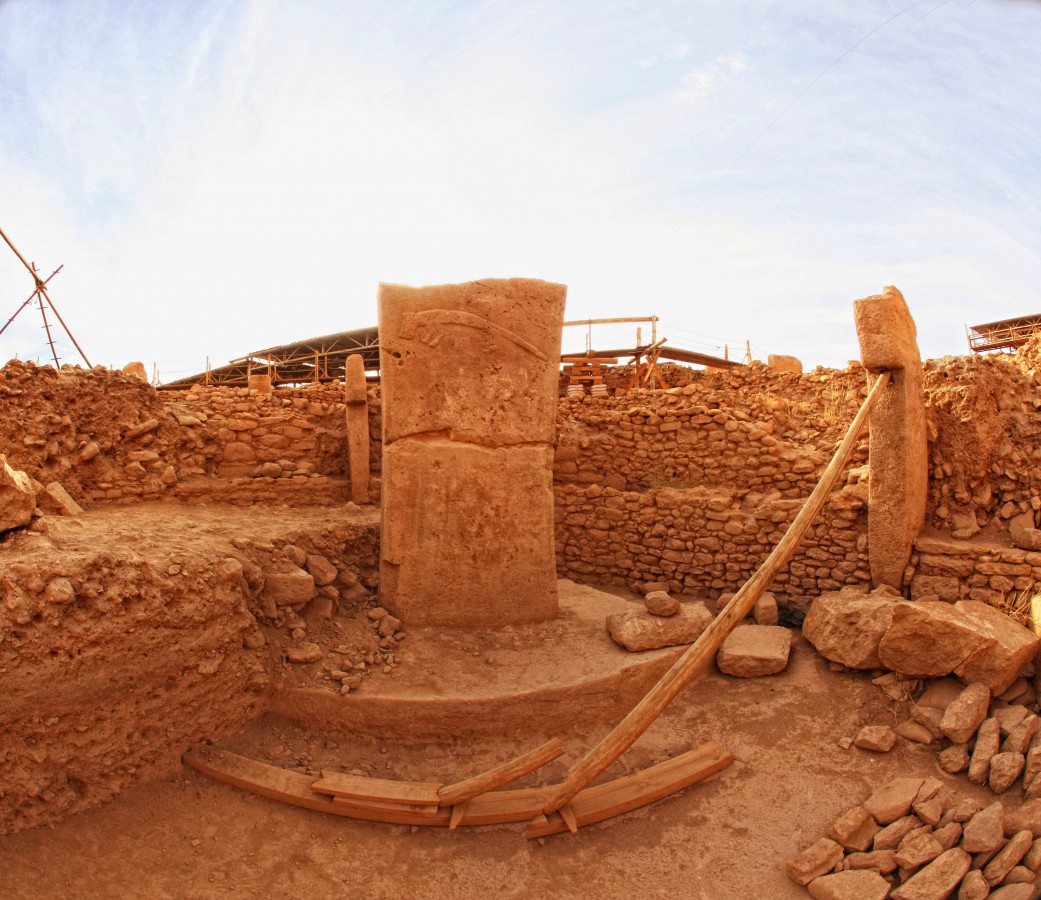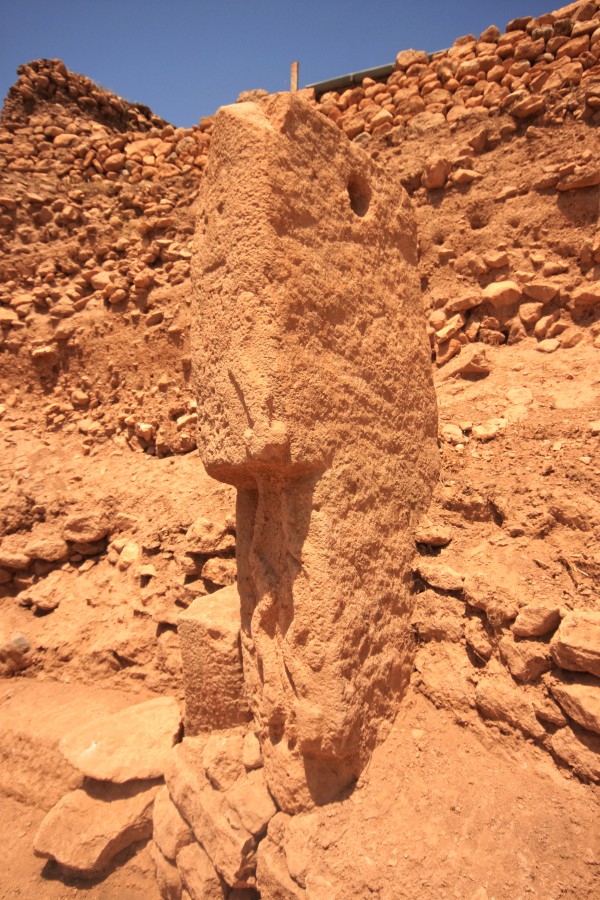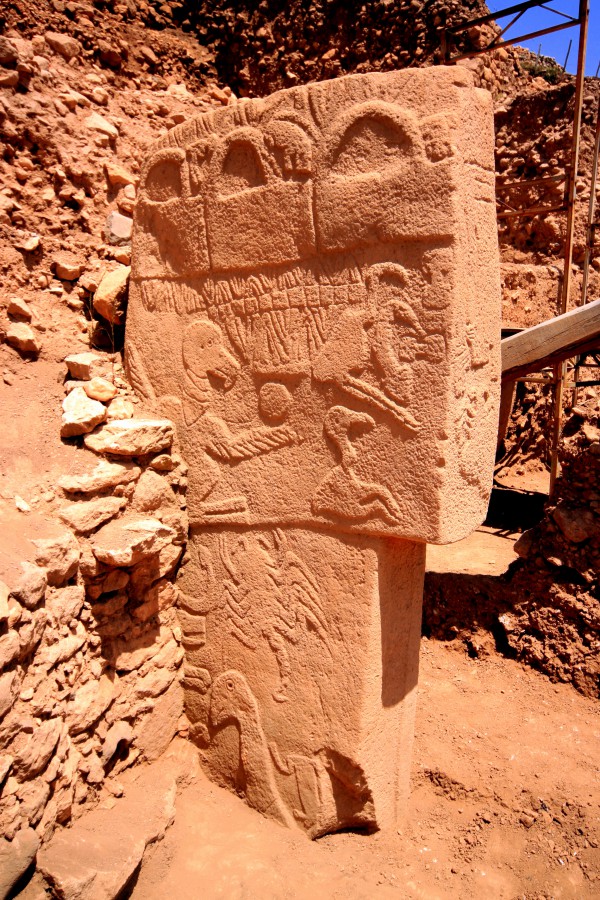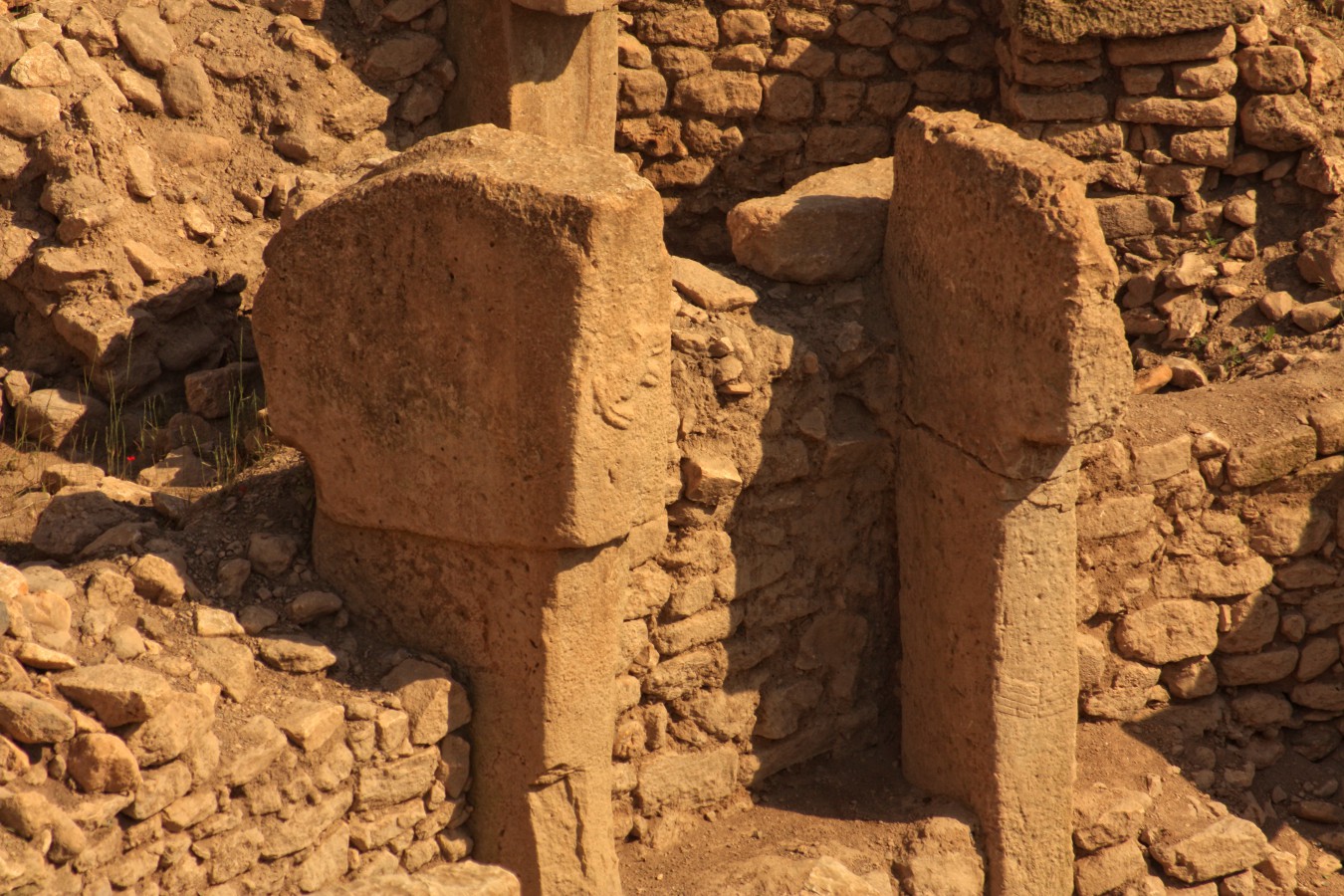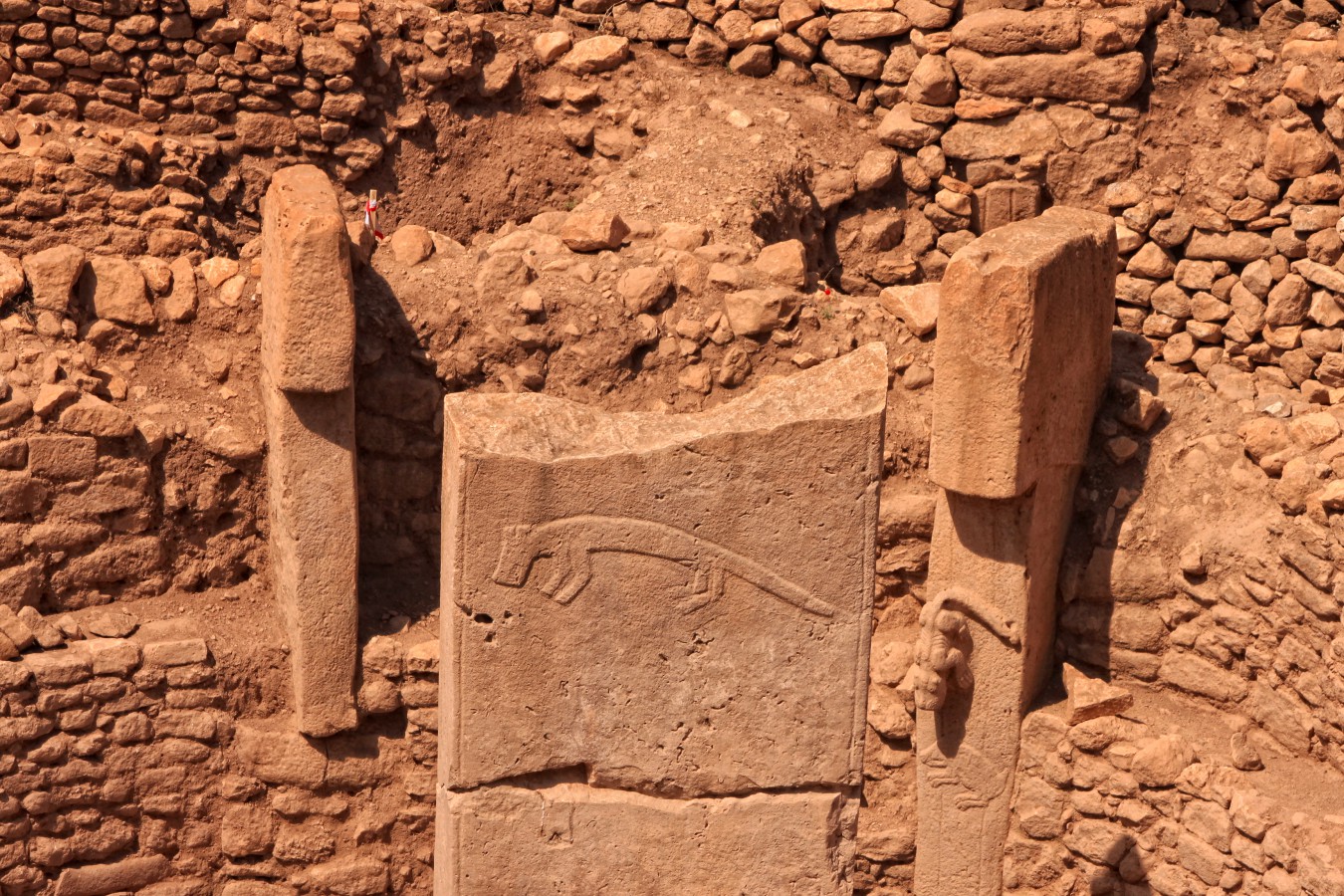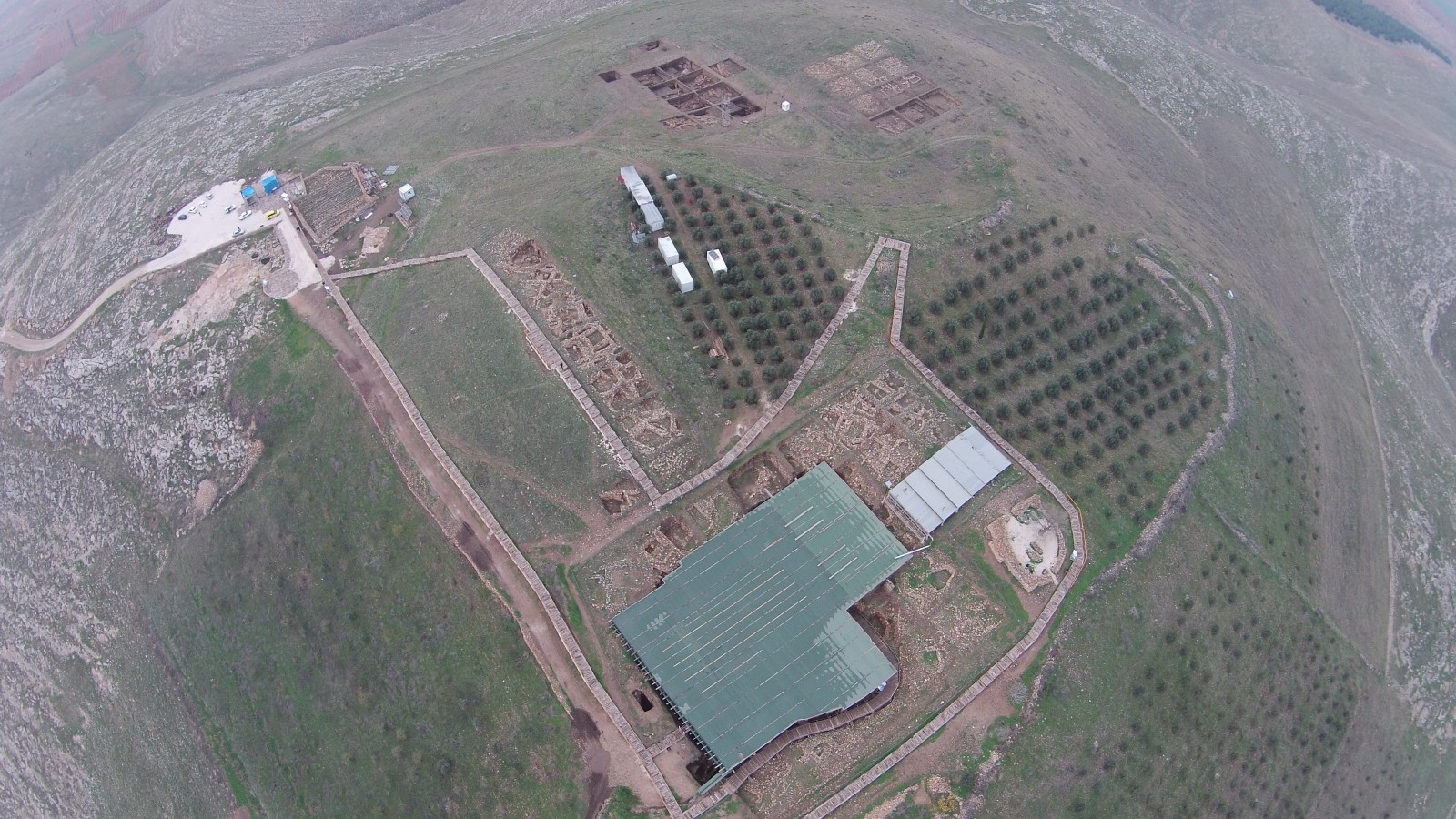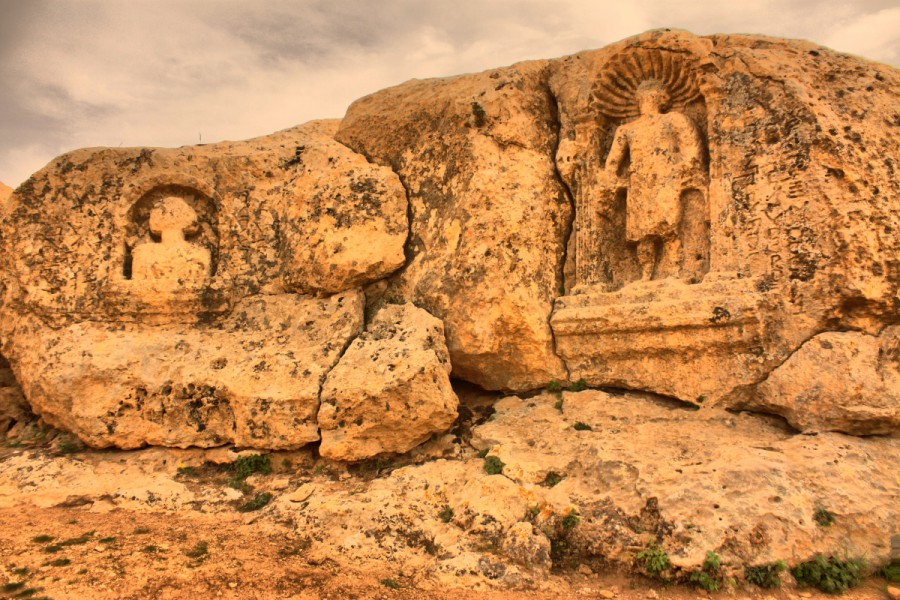Gobeklitepe
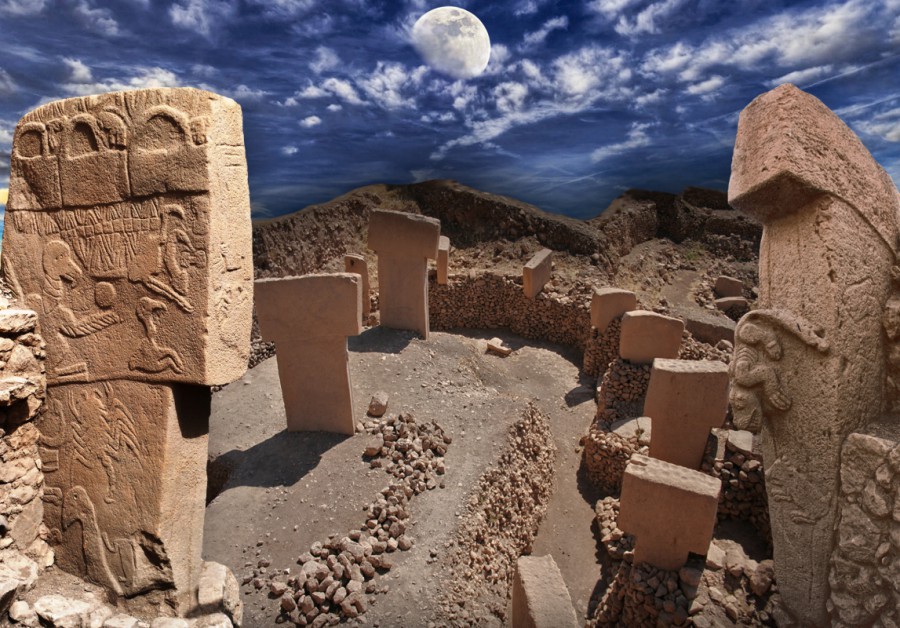
GÖBEKLİTEPE
THE WORLD'S OLDEST ACEOLOGICAL TEMPLE: GÖBEKLİTEPE (10,000 B.C.)
Malta Temples and Sumerians 6,000,
Noah's Flood and Stonehenge 7,000,
Egyptian Pyramids 7,500, Hz. Ibrahim 8,000,
Romans and Zeugma Mosaics 10,000 years ago Göbeklitepe there was.
Excavations at Göbeklitepe have unearthed findings that will overturn existing knowledge about the transition to settled life. Göbeklitepe is a belief center dating back to the Pre-Pottery Neolithic period, which dates back to 10,000 B.C., or 12,000 years ago. The site, which covers an area of 80 acres, was declared a 1st degree archaeological site by the Ministry of Culture and Tourism in 2005. For the first time, during the Neolithic Period, humankind turned its relationship with nature to its own advantage and turned to agriculture along with hunting and gathering. Also during this period, the domestication of animals took place and the first examples of religious and civil architecture began to emerge.
Located 17 km east of Şanlıurfa City Center and 3 km northeast of Ouml;rencik (Karaharabe) Village, Göbeklitepe takes its name from the tomb (visit) found in the region. It was first studied in 1963 as part of the Southeastern Anatolia Region Research Project, prepared in collaboration with Istanbul and Chicago Universities. It was discovered by Prof. Dr. Halet ÇAMBEL, Head of the Prehistory Department of Istanbul University, and Prof. Dr. Robert BRAIDWOOD, University of Chicago, during surface research conducted within the scope of the study.
It was discovered in 1995 by the Şanlıurfa Museum Directorate. Under the supervision of Archaeologist Harald HAUPTMANN from the German Archaeological Institute, surface research was carried out and from 1996 to 2006, the Şanlıurfa Museum Directorate Excavations continued under the direction of Archaeologist Klaus Schmidt from the German Archaeological Institute. Excavations in Göbeklitepe have been carried out since 2007 by the decision of the Council of Ministers under the direction of Archaeologist Klaus Schmidt from the German Archaeological Institute. Stele with a Bull, a Fox and a Crane One of the interesting finds unearthed in Göbeklitepe Among the findings are reliefs of dead animals, reptiles, wild boars, cranes, storks, foxes, snakes, scorpions, sheep, lions, spiders and headless human reliefs, male statues with exaggerated depictions of the male organ, etc. The findings constitute important findings that reflect the beliefs of the people of this period, who adopted a settled life 12,000 years ago. The history of architecture begins with mankind's transition from a hunter and gatherer society to a settled society. The 12,000-year-old structures found in Göbeklitepe are accepted as the beginning of the history of architecture. Mankind's first temple, dating back to the polytheistic period before monotheistic religions, was known as the temple on the Island of Malta, dating back to 4000 B.C. With the discovery of the Gobeklitepe Temple, this information lost its validity and it was believed that the first temple of mankind was the "Gobeklitepe Temple", dating back to 12,000 B.C. It has been proven with scientific data.
With this determination, the history of archaeology has begun to be rewritten. According to the archaeological view accepted in the world, the most important factors in the transition of human beings from hunter and gatherer lifestyle to settled life are the fear of hunger and the instinct for protection. However, Göbeklitepe broke this taboo. Because when the period in which it was built is taken into consideration; It has been proven that religious beliefs can also have an effect on the transition to settled life. It seems that future excavations will reveal that Göbeklitepe hides many secrets of its own.

